This article previously appeared on Crossfader
The 2017 Student Academy Awards feature a batch of outstandingly diverse directors and stories. With three thesis films shot outside of the United States (from Croatia to Taiwan), and the rest dealing with issues of serious political and personal weight, the nominated films continue to prove themselves as a beacon of unheard voices in a rapidly changing industry. With this series, Crossfader will be highlighting all seven filmmakers from the Live Action – Domestic section.
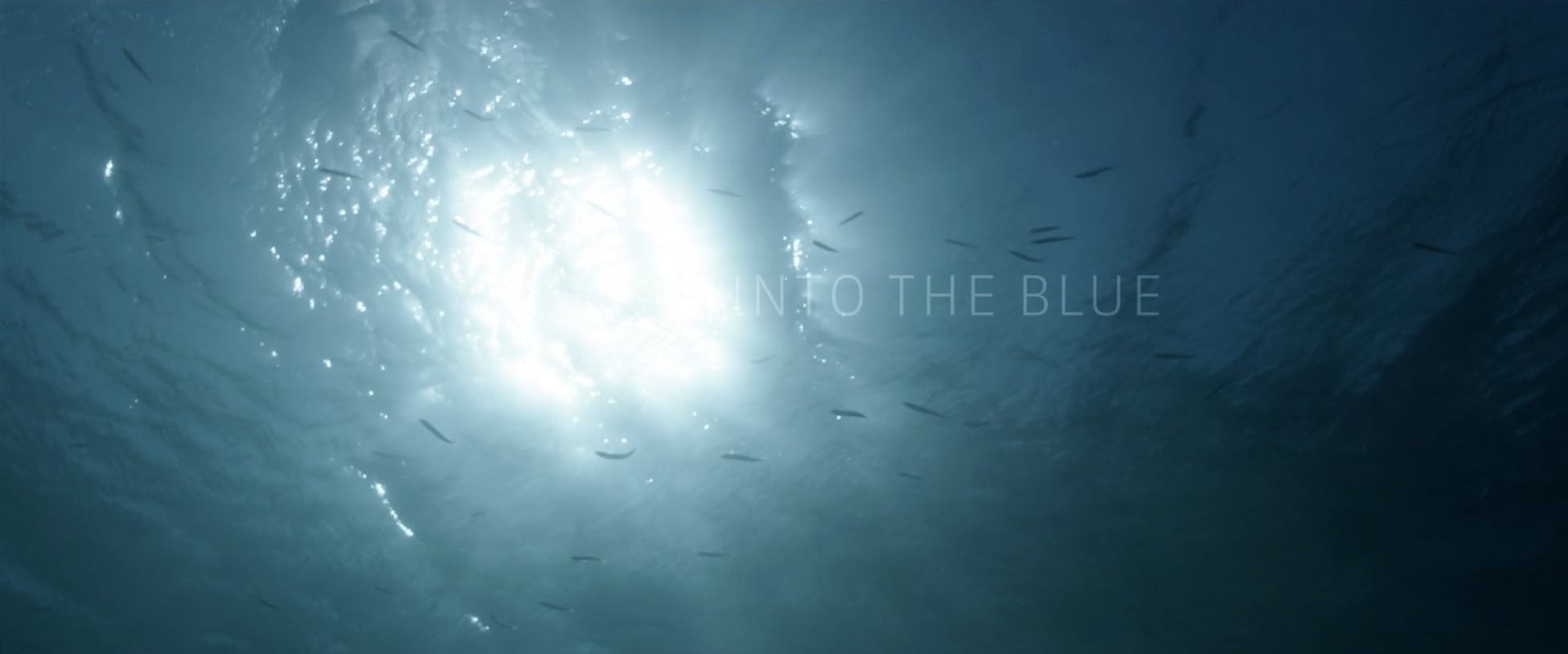
With Columbia University’s already spectacular track record and NOCTURNE IN BLACK taking home gold during the 2016 Student Academy Awards, the school has become somewhat of a mainstay of A-class storytelling, pumping out diverse and complex narrative shorts year by year. With INTO THE BLUE, Croatian native Antoneta Alamat Kusijanovic made the decision to fly back to her island town of Kalamota and tell a tale of friendship in the ilk of Roman Polanski’s KNIFE IN THE WATER. Following a group of teenagers, INTO THE BLUE is the tragic story of a young girl who comes back home to Kalamota after her mother and her decide to run away from her abusive father. Once back, she is reunited with her childhood friend, who now has a boyfriend. A love triangle builds, and their friendship is put to a test in a powerplay of envy.
It’s so beautiful to see how many of this year’s nominated films were made all over the world. What’s especially amazing is that all these films capture a sense of place with such love and authenticity. With your film, it’s the way you captured Croatia. So, what was the motivation to go back home and make this film?
Well, the first story came from collective memories of the island that I revisited in family photographs. I was always on this island like a wild creature. There were no cars, no restaurants, nothing. So we were completely free. It was very liberating, but also very dangerous. So remembering this time of my childhood with this beautiful splendid nature, and combining this with the roaring hormones of growing up, really resonated with me. That’s how we started. Later in the process, Christina Lazaridi brought some essential structure to the piece and wrote the shooting draft. It put me in a confident place where I could really immerse myself in the shooting of the film.
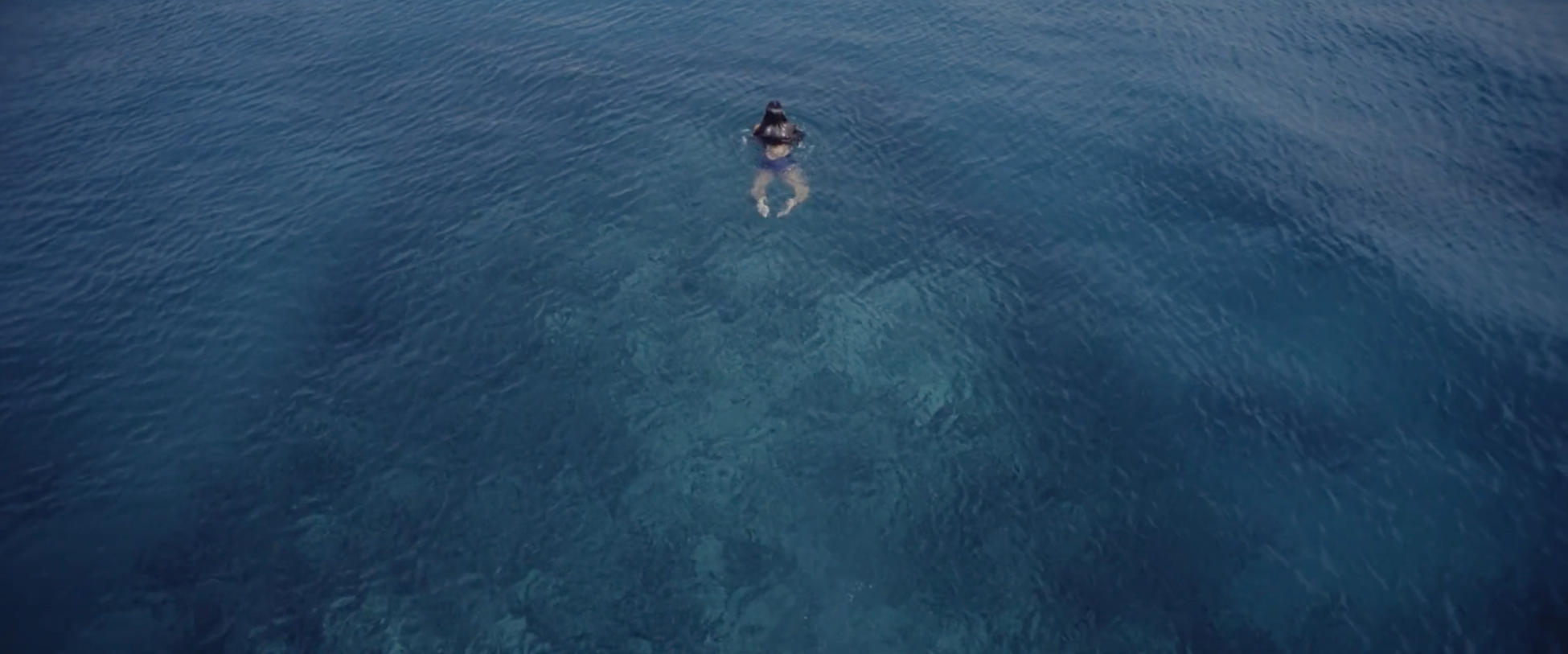
So how much of your team was local? Were they Croatian, or literally from the island?
The entire team was from Croatia. I had some Columbia people as well, but the crew came to the island and we all stayed at my grandmother’s place. It was very communal, but also very stressful. But that’s what it needs to be like when you’re making this type of film. You need to be tied together.
Was the casting done locally as well?
It was done very locally. It was done in Dubrovnik. A year prior to shooting I wanted to test the actors out, so I put out a casting notice for a music video, and used it as a test shoot for INTO THE BLUE. It helped me get an idea of how much I can demand from these kids, and gave me a good idea of what it would be like to shoot in this environment. I cast the same two girls, found some boys as well, and made sure to have them all become friends. Two months before the shoot we had them meet on a weekly basis and become these island people. That really worked out well. We didn’t use any of the footage we shot in the final film, but we used it as an opportunity to start experimenting with underwater photography. We quickly realized what wouldn’t work, and we accepted that we had to upgrade to actually getting our ALEXA Mini underwater. It wasn’t enough for me to just show that they’re underwater. It needed a clarity. It was quite complicated. Because even if we’re not underwater, we’re on the water. So we almost always needed this gear.
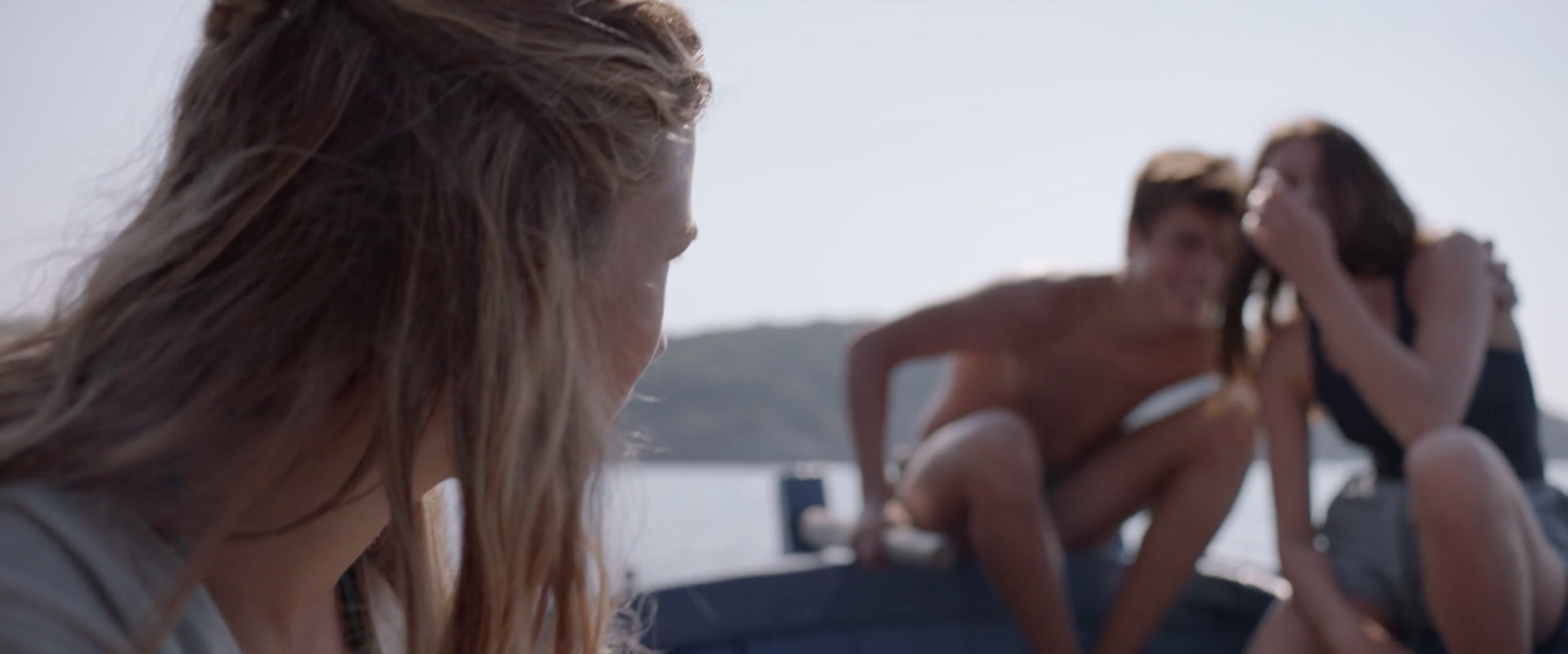
The underwater photography is amazing. How did you do it?
Everything was actually done on location, but not always at the same location. What people don’t know is that there’s an above-the-water climate and an underwater climate. So we’d have to go do a satellite shoot on one end of the island if the tide was too murky. Even that last shot was done in the Adriatic sea, but was digitally enhanced.
You had me fooled.
You just never know with VFX, because you don’t have access to it usually. But there was this amazing Croatian crew that were really sharp, hungry, and eager to work, so we just figured it out.
So how does that compare to shooting with U.S. crews?
It was very interesting. I really have to compliment the Croatian crew. In our stage we are always able to work with students and a certain tier of professionals. But in the U.S. you can’t work with the very best, because they’re working with the most competitive, expensive films. But in Croatia, there really aren’t that many crews. We were competing with the crew from Game of Thrones, so we literally had those people working on our film, so they came with a ton of professional experience. You have this incredible crew that have done countless projects—because they’re the only crew in the country—so I just loved it. Of course I also love working in the U.S., but it’s absolutely different from having a crew of only students—because this was a dangerous film to make. I’m mainly talking about grips and technical crew. We were around water a lot. Students wouldn’t be able to guarantee the safety of the team. But the creative team were from Columbia, and I had some classmates from my academy in Croatia. So both my Alma Maters were there, which was great.
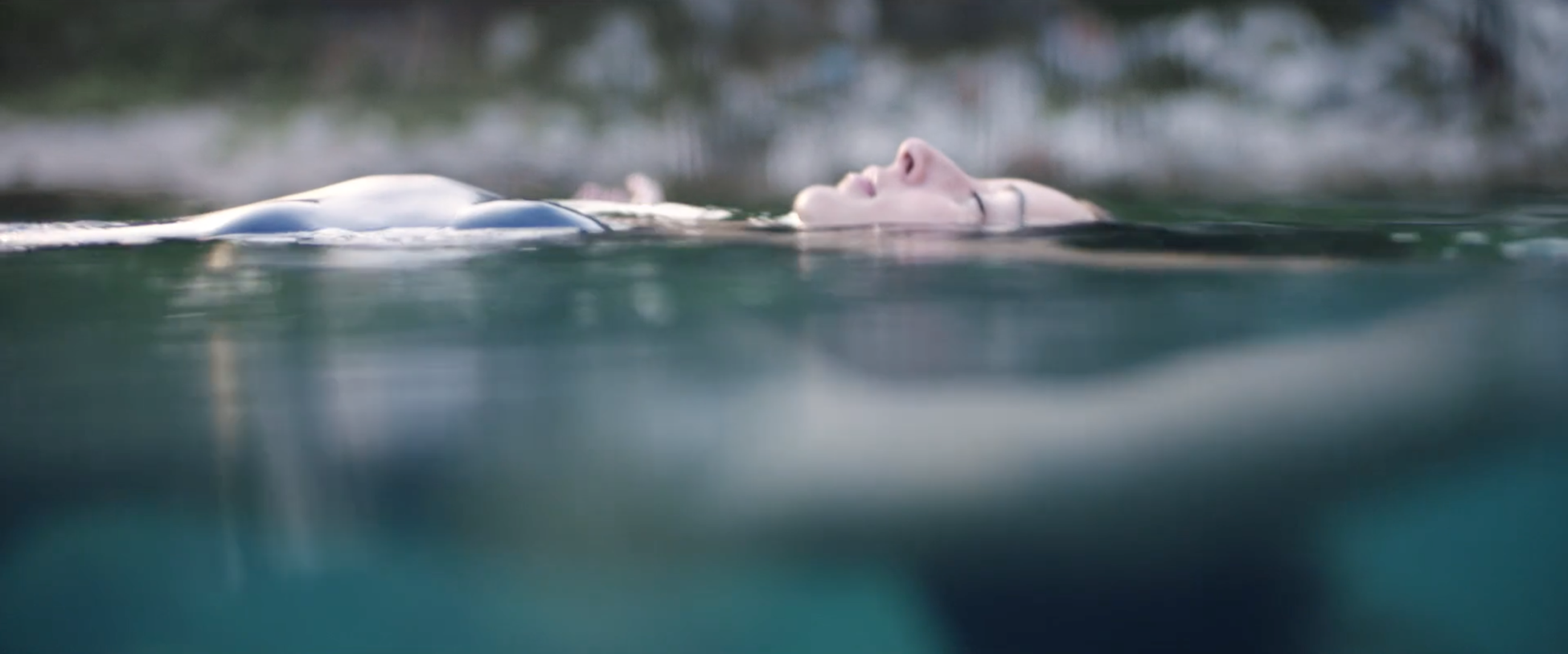
How many of your Columbia friends came to Croatia?
My editor and AD, Minji Kang. They came and stayed in Croatia for three-and-a-half months. We shot, had a one day break, and then flew to Zagreb and started editing. Of course we were still in contact with my professors, and were sending them cuts. I shot the film in the summer and edited until November. This was my research-arts year at Columbia, which allowed me to live in Croatia for that time.
Do you know what your plan is post-grad?
Well, now I’m planning my feature film. It’s also going to be shot in Croatia, but parts of it are going to be in English. It will hopefully be a co-production between Croatia and the United States. I will certainly be working with my friends from Columbia again as well. I’m currently living in the U.S. to prep the pre-production. I’m based in New York and hope to stay here for the foreseeable future.
Thank you so much.
Thank you!
Catch INTO THE BLUE on the festival circuit later this year, and keep your eyes peeled for more of Antoneta’s work down the line!



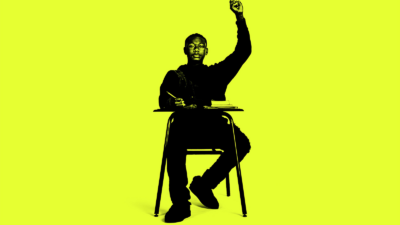

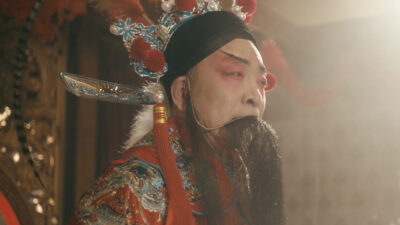
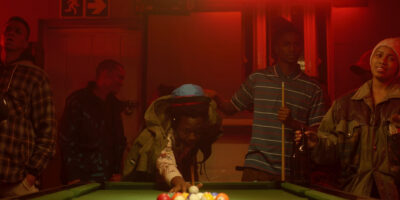
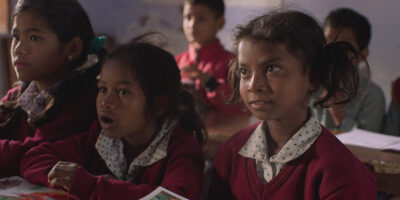
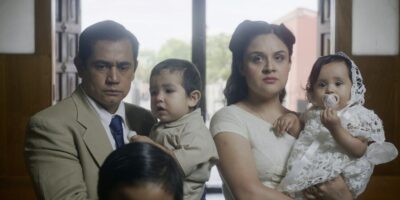
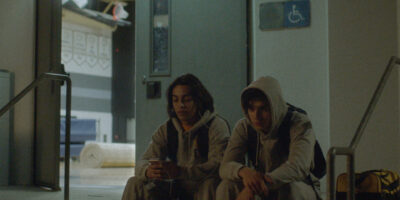
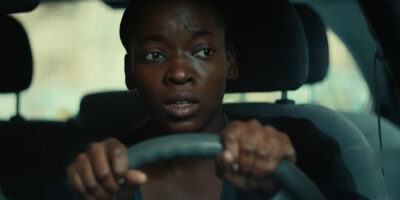





Comments